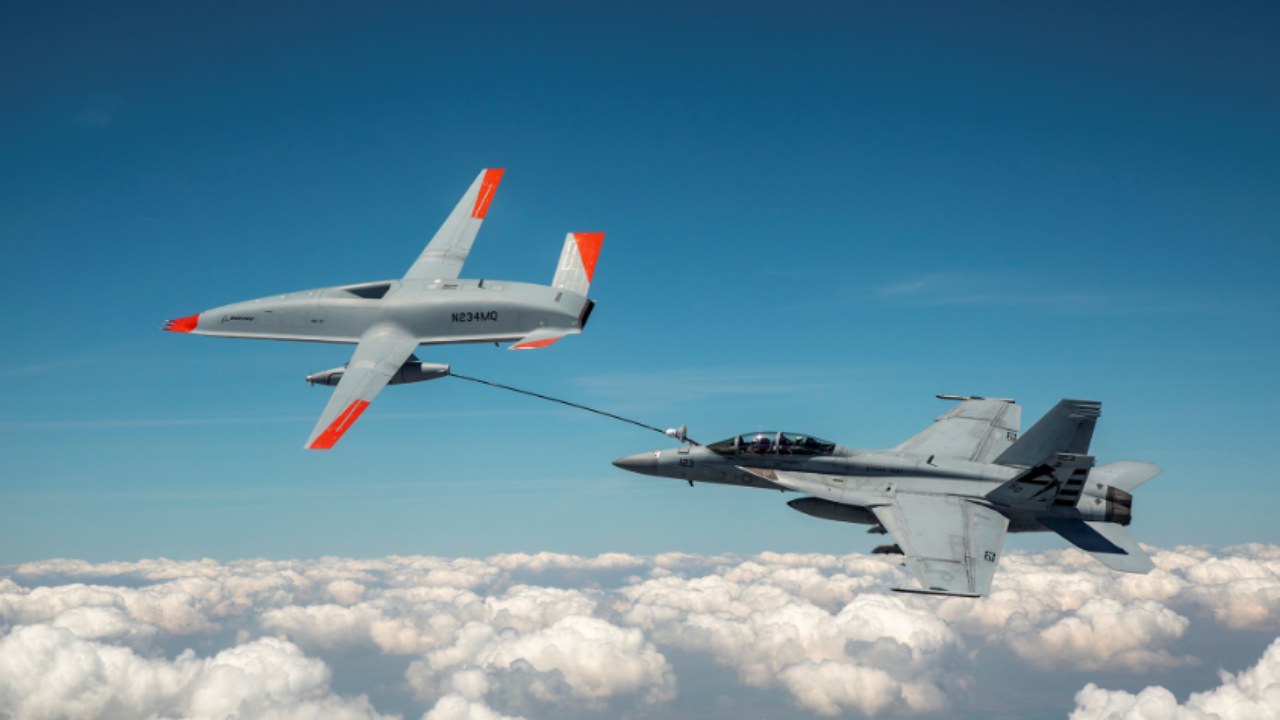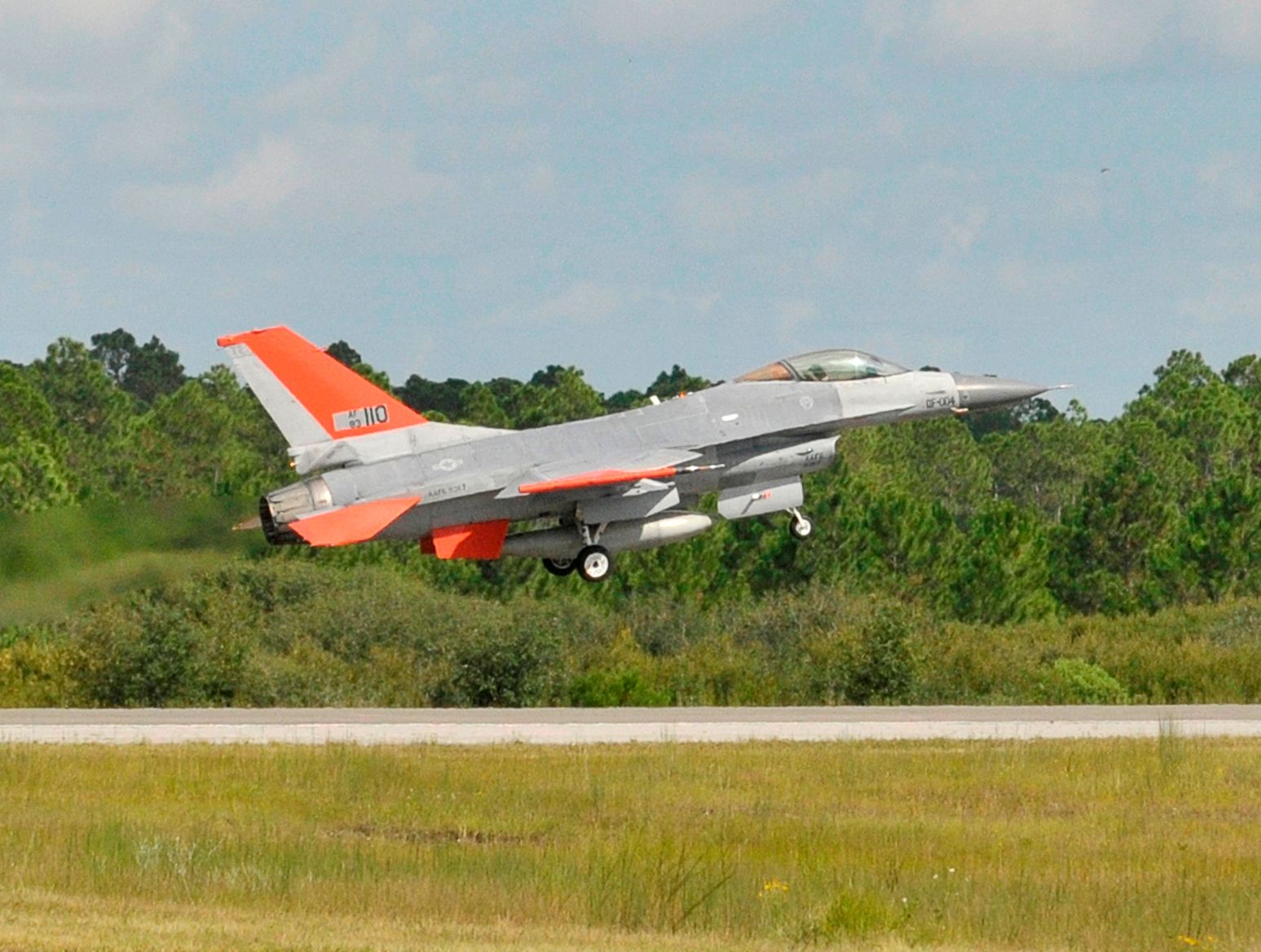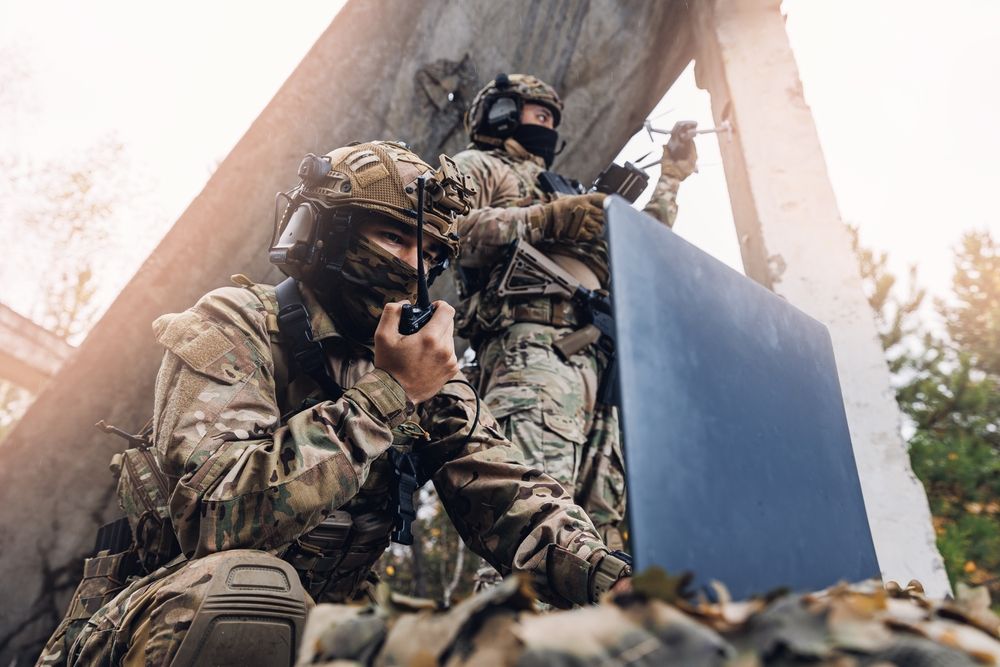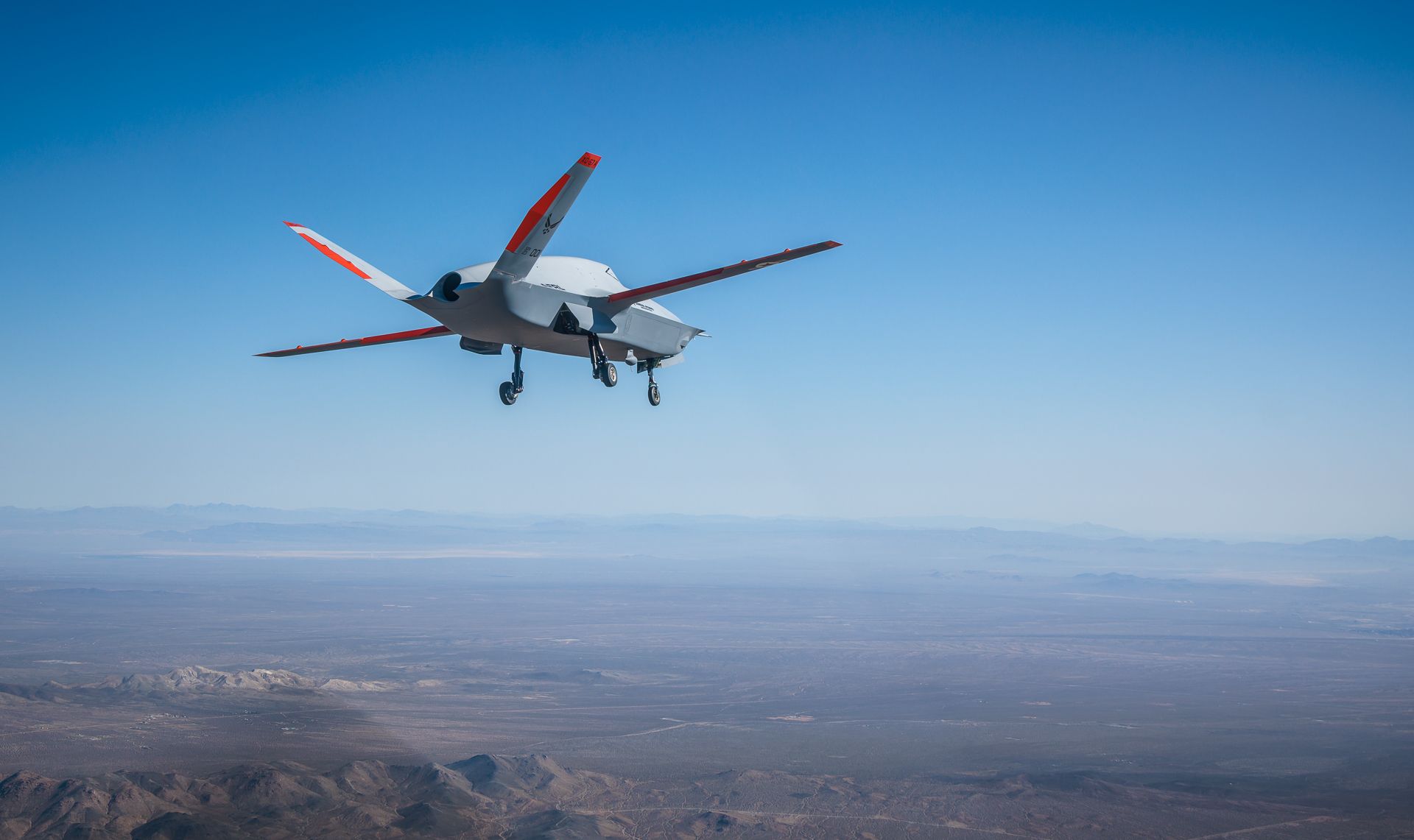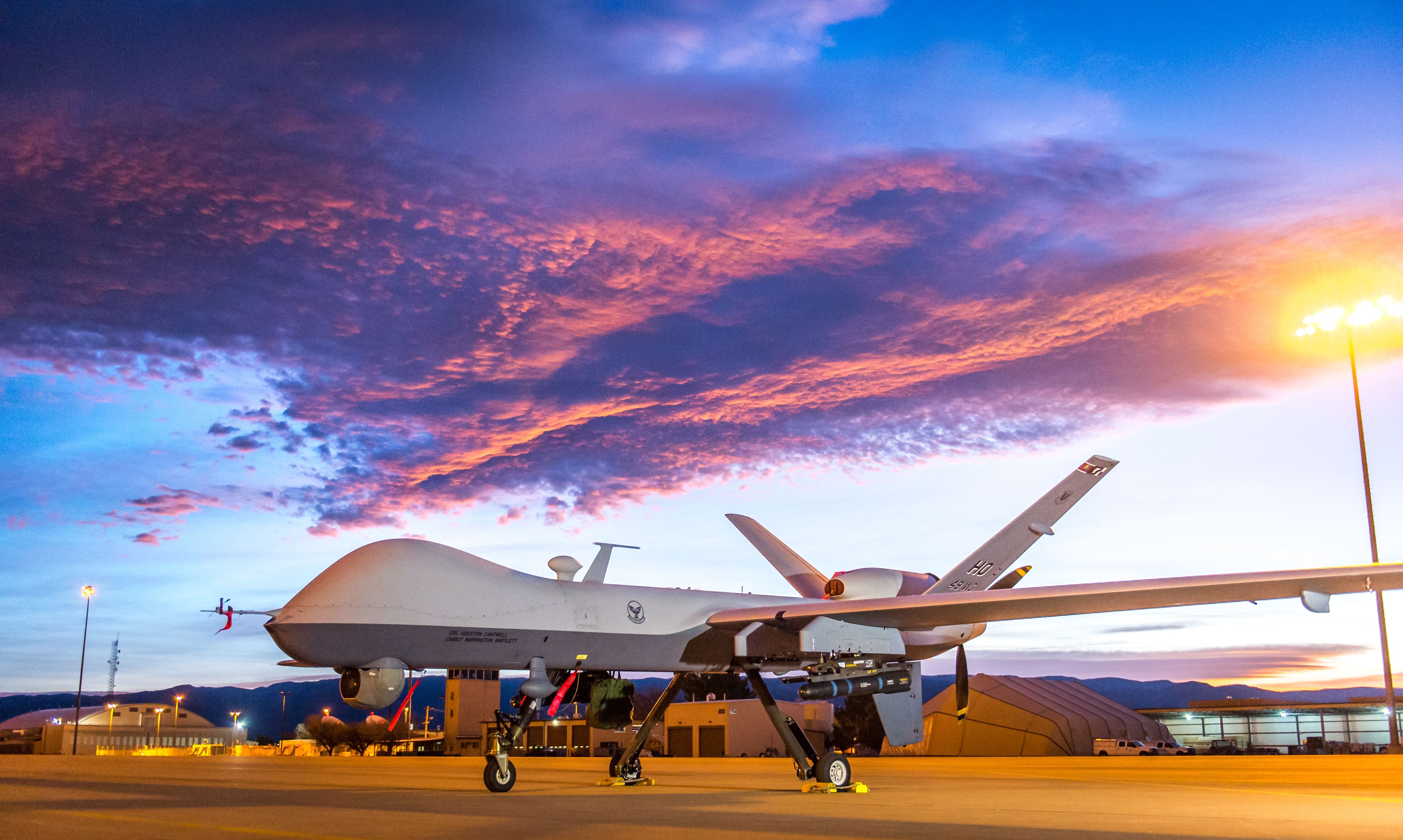Summary
- USA actively repurposes retired F-16 fighter jets into drones for training, research, and testing, emphasizing the importance of skill development.
- The rise of FPV drones in combat situations, particularly in Russia and Ukraine, has significantly influenced battlefield dynamics.
- Collaborative Combat Aircraft (CCA) projects introduce advanced loyal wingman drones to enhance air combat effectiveness and incorporate AI technology.
The word drone or UAV is used for any autonomous or remotely operated flying aircraft. But this means this is so generalized and broad that it is not particularly useful. Military drones can be anything from a modified hobbyist quad-copter FPV drone to a next-generation loyal wingman drone or a one-way attack or kamikaze drone (which has more in common with an intelligent missile). Here are five radically different types of military drones.
1
F-16 zombies
Many retired F-16 fighter jets are developed into VENOM and QF Full-Scale Aerial Targets
|
Role: |
Training, testing, research |
|---|---|
|
Cost: |
Millions ($50 for project in 2024 budget) |
|
Country: |
United States |
Many retired F-16 Fighting Falcons find a career epilogue after retirement as QF-16 drones. These are used as aerial targets for target practice and for testing new weapons (just like the F-4 Phantom IIs and other fighter jets were before them). The Air Force seems to take the truism “you only fight as well as you train” very literally.
Photo: US Air Force
The Air Force has found yet another use for F-16 zombies with the VENOM Project. It has begun modifying old F-16s to “… accelerate testing of autonomy software on crewed and uncrewed aircraft.” This is part of developing the Collaborative Combat Aircraft program (aka loyal wingmen drones) for the sixth-generation NGAD fighter underdevelopment. The Air Force says, “The next step for the VENOM program is to modify the F-16 aircraft into test platforms to rapidly evaluate autonomous capabilities.”
2
FPV drones
The use of FPV drones has exploded, with hundreds of thousands of FPV drones being used by Ukraine and Russia.
|
Role: |
Surveillance, attack, mini bombers |
|---|---|
|
Cost: |
from a couple hundred dollars |
|
Country: |
Many (perhaps all militaries) |
The Full-Scale Russian Invasion of Ukraine has seen the use of FPV (First Person View) drones dramatically explode on the battlefield. The early Battle of Kyiv saw Russia beaten by Ukraine partly thanks to the information gathered by a group of FPV hobbyists sharing their findings about Russian army movements on WhatsApp.
Photo: Parilov l Shutterstock
Since then, FPV drones have been produced by the tens and hundreds of thousands and into the millions. Ukraine has announced it is planning to train 20,000 drone operators (more people in the regular Canadian army). FPV drones have been modified for surveillance, blowing up tanks and other vehicles, targeting individual soldiers, and even taking out other drones.
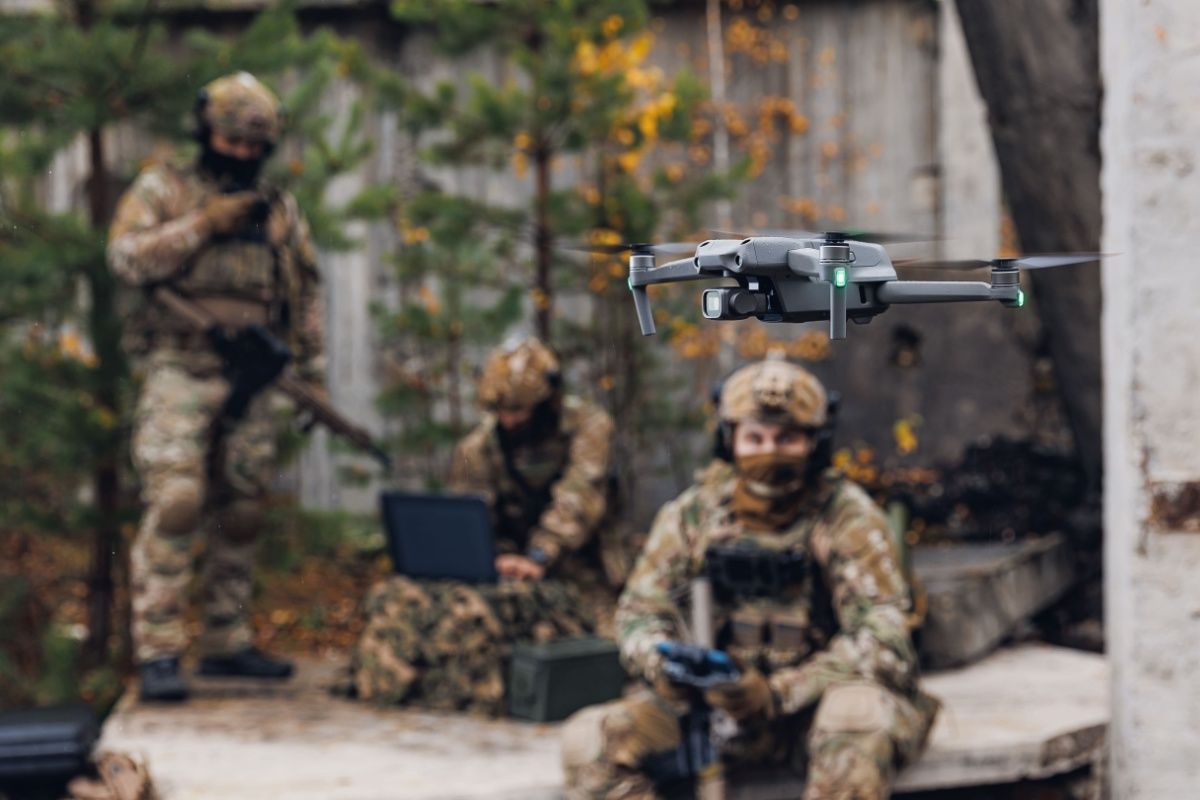
Related
20,000 Drone Pilots & Counting: Tale Of The Drone War
Tens of thousands of remote pilots or drone operators are being trained on both sides of the Ukraine War, transforming the way war is fought.
3
Collaborative Combat Aircraft (aka Loyal Wingman)
The future of air combat is seen as a blend of manned fighters with loyal wingman drones.
|
Role: |
multi-role (attack, surveillance, sensor platform, more) |
|---|---|
|
Cost: |
projected approx. $30 million |
|
County: |
United States (others being developed by UK & other countries) |
The Collaborative combat aircraft (CCA) or loyal wingman drone is everything the FPVs are not – expensive and extremely advanced. These are the next generation drones envisaged to accompany sixth gen aircraft like the NGAD fighter and the B-21 Raider strategic bomber.
Photo: Air Force Material Command
Loyal wingmen drones will come with increased battlefield survivability, incorporate artificial intelligence, and reduce the number of manned fighter jets required. The Air Force is rapidly developing these drones and pouring money into the project. So far, General Atomics (with its XQ-67 drone) and the new contractor, Anduril (with its Fury drone), have been selected to develop it.
4
ZALA Lancet Drone
Loitering munitions such as Lancets, Shaheds, A-22 Foxbat, Aerosor Nynja are also called drones.
|
Role: |
attack |
|---|---|
|
Cost: |
$30,000–$35,000 |
|
Country: |
Russia (many countries have loitering munition drones) |
While the world has been unimpressed with many of Russia’s weapon systems in the war in Ukraine, the ZALA Lancet drone has proved to be one of Russia’s most effective weapon systems. The Lancet is a kamikaze drone (aka loitering munition) used by Russia. It was first unveiled in 2019, and its production and use have exploded in the war (pun unintended).
Photo: Anelo l Shutterstock
The Lancet is one of many kamikaze drones found worldwide (Iran’s Shahed drones also fall into this category). Kamikaze drones come in many shapes and sizes. For example, Ukraine is even adapting light sports aircraft (e.g., A-22 Foxbat) as long-range kamikaze drones to attack Russian targets (like oil refineries) hundreds of miles from the frontlines.
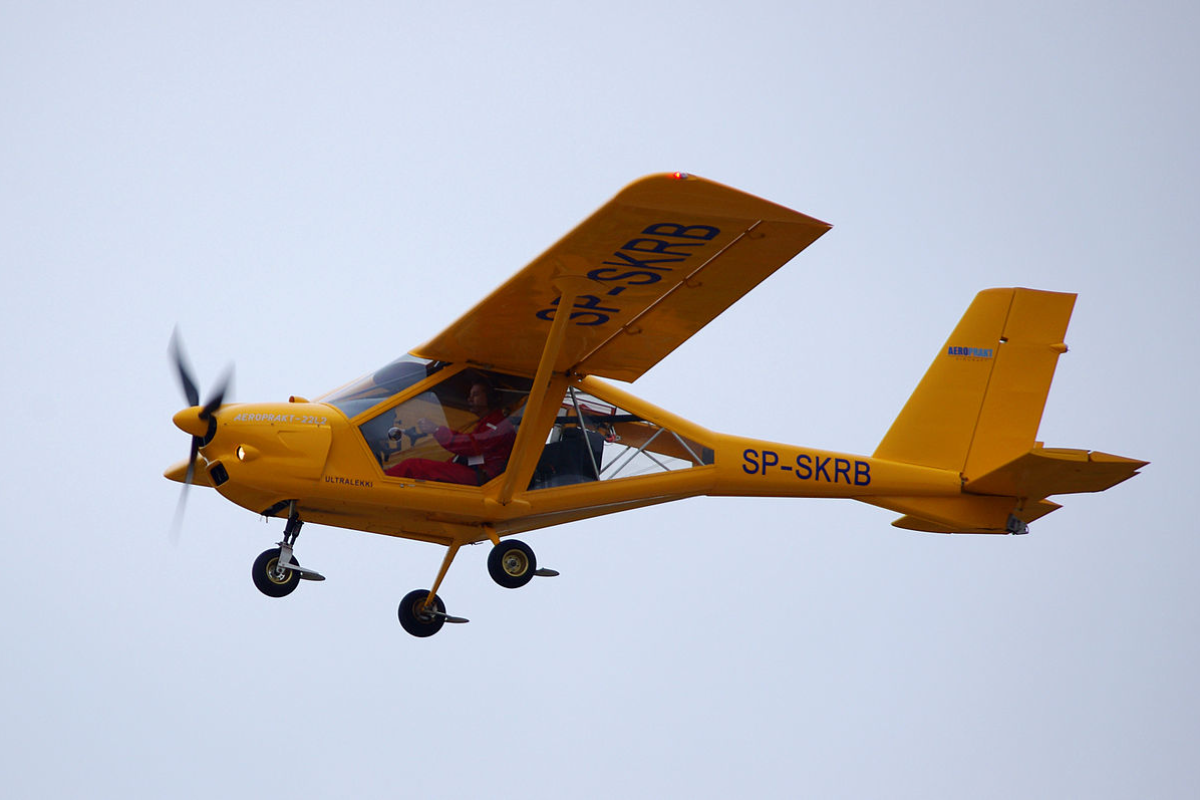
Related
Ukrainian Air Force Gets Creative In Tackling Russia Threat
Ukraine’s new drones have once again broken their record and struck a Russian refinery almost as far as the Urals.
5
MQ-9 Reaper
American Reaper/Predator/Grey Eagle drones are a popular image of the War on Terror.
|
Role: |
Surveillance, surgical missile strikes |
|---|---|
|
Cost: |
$56.5 million |
|
Country: |
USA (Turkey and Israel are also leaders in this general type of drone) |
The American MQ Reaper is perhaps what most people think of when thinking about military drones (at least before the War in Ukraine). This type of large drone was developed from the earlier MQ-1 Predator that was designed for surveillance, and was later modified to carry out missile strikes. They proved very politically useful in this role and have come to be associated with the American War on Terror and strikes in troubled regions in the greater Middle East and North Africa.
Photo: USAF
Other long-range surveillance drones with missile strike capability include Turkey’s famous Bayraktar TB2 drone, the MQ-Predator, the MQ-1C Gray Eagle, the Israeli Elbit Hermes 900, and many others. These drones are often vulnerable to being shot down and are often used in low-threat environments. It was only a couple of weeks into the war before the Bayrakar TB2 drone was all but obsolete in Ukraine.
